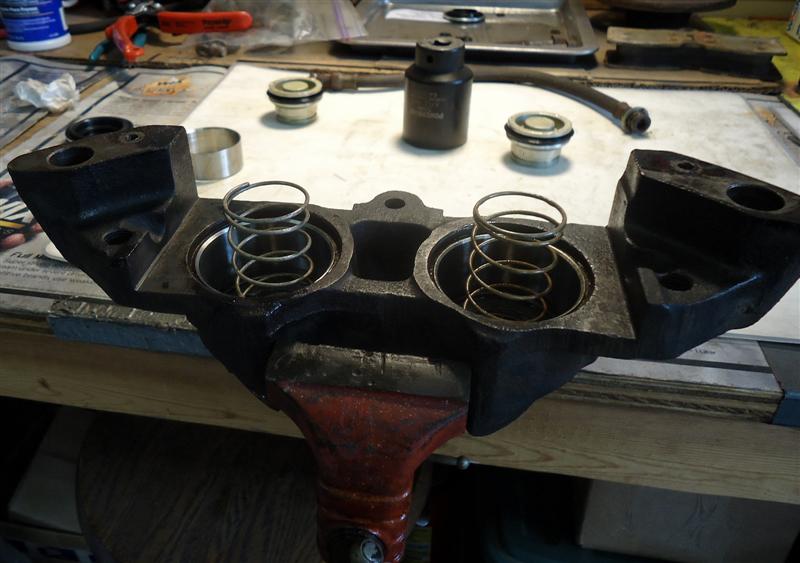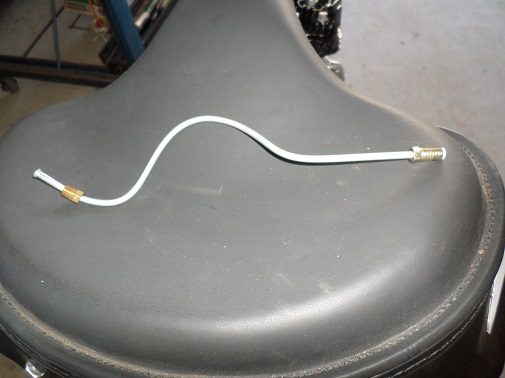C3 Corvette Brakes
Article by Mark Trotta
Patterned after the Grand Sport Corvette race cars of the early sixties, four-wheel disc brakes were standard equipment on 1965 through 1982 Corvettes (although some early '65 models were sold with drum brakes).

Although original C2 and C3 piston bores were cast iron, most of these have already been stainless-steel sleeved somewhere in their history. This is easily told by the shiny smooth silver circle inserts that the pistons sit in.
Read: Rebuild Corvette Brake Calipers
Lip Seal vs O-Ring
The majority of C3 owners who have switched from lip-seal to O-ring caliper seals report improvement. But if they're comparing fresh rebuilt O-ring calipers to old and worn lip-seal calipers, that comparison isn't really fair.

Read: Lip-Seal vs O-Ring Calipers - Which Design Is Best?

Making your own brake lines will save you money on your overall restoration. Whether you choose steel, NiCopp, or stainless steel, the process of how to make brake lines is the same.
Read: How To Make Brake Lines
Rubber Brake Hoses
The flexible rubber brake hoses under your old Corvette dry out and crack, causing a leak or a soft brake pedal. If they're off the car, bend each line and check to see if you see any cracking in the rubber that opens up. If in doubt, replace them.

Shop: Corvette Brake Hose Kit
Replace, Rebuild, or Re-sleeve Master Cylinder?
New, good quality (not Chinese) master cylinders are expensive. If yours is not too badly pitted, consider rebuilding it.
Rebuilding an old brake master cylinder is not that difficult. If your classic Corvette will see less than a few thousand miles a year, a rebuilt master could easily last five years, maybe more, before pitting becomes bad enough to damage up the rubber.

If your master cylinder is badly pitted, and you want to keep the original one in service, consider sending it out to be re-sleeved. Some companies will re-sleeve with brass, others prefer stainless.
Brake Rotor Removal
The reason for those hub rivets was for the factory to have an easy means to install the brake rotors. They were then trued as a hub and rotor unit so that there was no run-out. Once the rotor is removed, it's not necessary to replace the rivets.

Read: Remove Riveted Brake Rotors
The factory service manual recommends using the lug nuts of the wheel to hold the new rotor in place. When the wheel nuts get tightened down, it will center the new rotor on the old hub.
****************************

Read: How To Paint Brake Calipers
****************************
Related Articles:
Rebuild Corvette Calipers (Disassembly)
Rebuild Corvette Calipers (Reassembly)
Lip Seal vs O-Ring Calipers
Remove Riveted Brake Rotors
